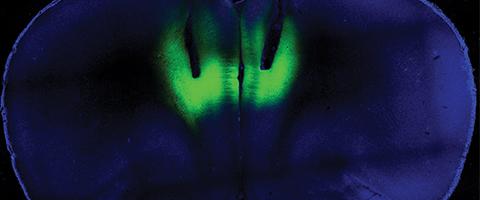Chief of the Division of Pain Medicine in the Department of Anesthesia and Perioperative Care, Mark Schumacher, MD, PhD, discusses the role of opioids in the management of pain, for the January 2019 American Journal of Public Health Podcast, “Pain Management: A Crisis with No End in Sight.”
Per Dr. Schumacher,
“We’re very limited in terms of our treatment choices, and I think what’s underlying that is our fairly limited understanding of chronic pain. I think that’s really a foundational challenge that we have…”
“Part of the challenge in the past has been that, somehow, chronic pain is as if it’s one more day of acute pain. I think we’re learning that that’s not the case at all. So...trying to actually develop a better science around mechanisms, whether it’s driving from a certain type of … pain, or certain types of therapies…”
“In general, opioid tolerance is one of the major limitations for continuous use of opioids over months or years, for sure. And the thing is, is that we do know there are always exceptions. There’s always the patient that may have been on an opioid for months if not years and continues to get benefit, with relatively minimal risk for them, however, those are generally the exception rather than the rule. And we know in the general population…we can expect that the effectiveness of analgesics that are driven by opioids will lose their potency over time. Of course, physicians or health care providers are trying to recapitulate …seeing that analgesic effect by increasing the dose, but unfortunately, there’s a limit to that…and some patients have experienced very very high doses which puts them at greater and greater risk of overdose and death.”
“I think we’ve tended to think that pain management in general was something that was just maybe as simple as writing a prescription for opioids in the past, and that’s clearly not the case…and so, I think that it’s going to really require a different approach…”
Hear the full podcast here.
